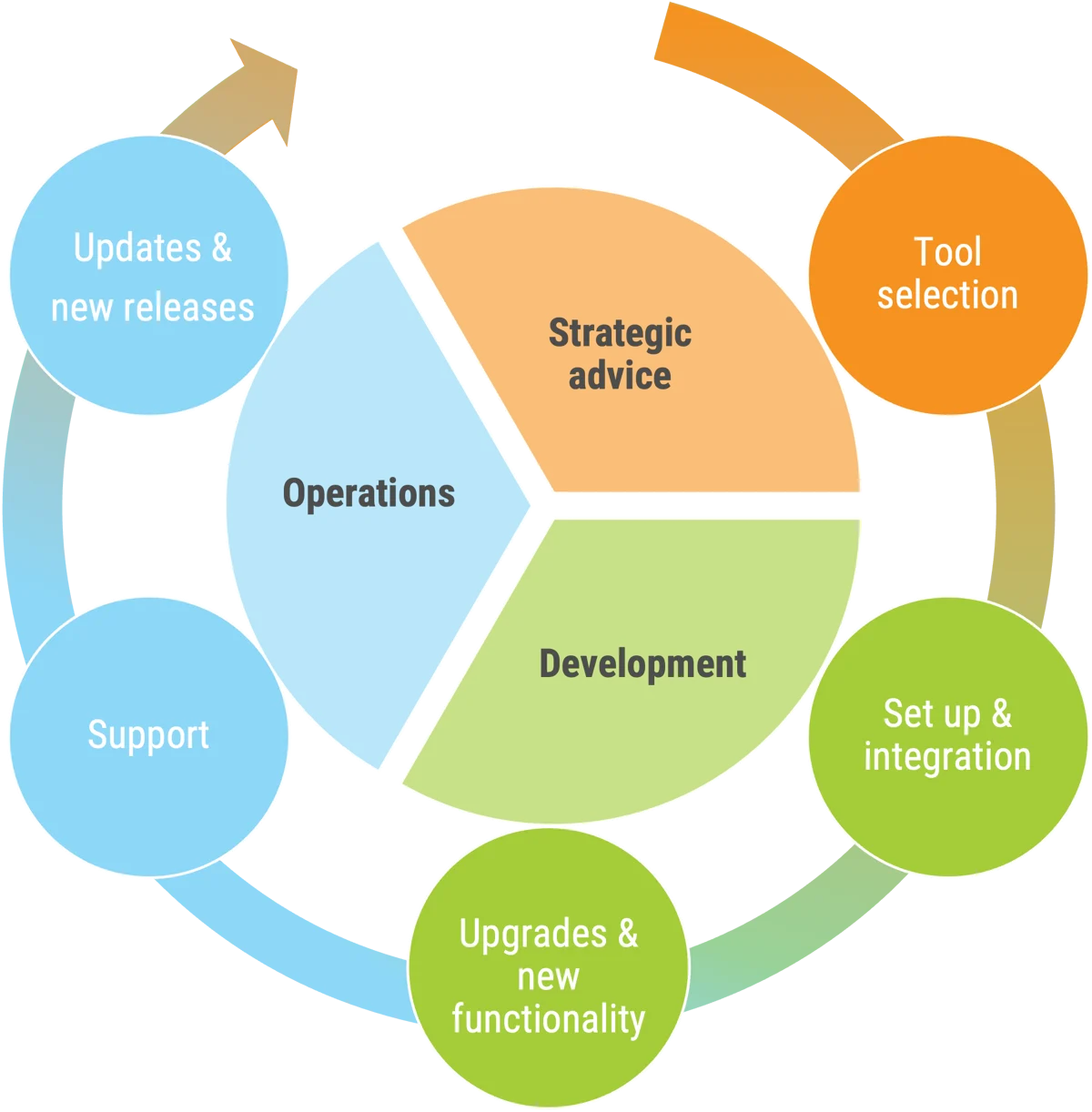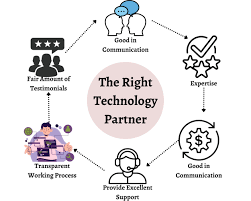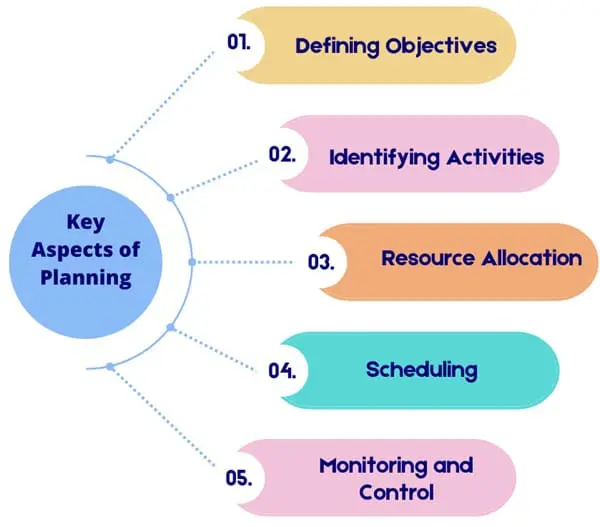Why “Low Code Governance” Matters—Now More Than Ever
Low-code and no-code platforms have leapt from “nice-to-have” to “mission-critical” in under five years. Gartner projects the low-code market to top US $47.3 billion by 2025, while Gartner Peer Insights lists more than 150 enterprise-grade platforms competing for attention. Yet the very speed that makes low-code attractive also introduces risk: shadow IT, data leakage, runaway licensing costs, and inconsistent app quality. That’s where low code governance comes in.
“Think of low-code components as industrial-grade Lego blocks. They’re powerful only when you snap them together under clear guardrails,” says Tamer Badr, founder of Singleclic.
Governance in Plain Language
Low code governance is the framework—policies, roles, tools, and culture—that keeps citizen development fast and safe. Joget’s “Essential Guide” defines it as “the strategic glue that maintains quality, security, and compliance without smothering innovation.” In other words, it’s seat belts, not speed bumps.
The Six Pillars of a Strong Governance Model
- Center of Excellence (CoE) – A cross-functional unit that sets standards, reviews apps, and mentors new builders.
- Environment Strategy – Separate dev, test, and production spaces to limit blast radius.
- Role-Based Access Control (RBAC) – Least-privilege by default.
- Monitoring & Logging – Automated telemetry for usage, performance, and security anomalies.
- Security Integration – MFA, encryption (at rest/in-transit), and secure API gateways.
- Change Management & Audit Trails – Version control plus peer review to avoid the “mystery macro” problem.
People Are Always Asking…
“How do we keep up the low-code pace and stay compliant?”
“Which governance tools won’t strangle our citizen developers?”
“What drawbacks should we budget for before we pull the trigger?”
If those questions sound familiar, you’re in good company. A Superblocks survey found that 78 % of enterprises worry about losing agility once governance kicks in. Spoiler: good frameworks accelerate, not slow, delivery.
2025 Low-Code Governance Services at a Glance
| # | Service / Platform | Stand-Out Strengths | Potential Drawbacks |
| 1 | Microsoft Power Platform CoE | Deep integration with Azure AD; robust analytics; prebuilt governance starter kit. | Licensing can sprawl if Dataverse storage isn’t watched; learning curve for non-Microsoft stacks. |
| 2 | Mendix Control Center | Centralized policy enforcement; AI-powered quality checks; strong audit exports. | Limited cross-platform visibility; premium tier required for fine-grained SSO. |
| 3 | OutSystems Lifetime | One-click environment promotion; built-in performance telemetry; SOC 2 compliance. | Heavy runtime footprint; per-app pricing surprises at scale. |
| 4 | Appian Administration Console | Low-code + process automation in one; FedRAMP Moderate for public sector. | Design-time governance weaker for complex UI widgets. |
| 5 | ServiceNow App Engine Governance | Native CMDB tie-ins; drag-and-drop RBAC; rich ITSM lineage. | Best value only if you already own ServiceNow; less suited to greenfield startups. |
| 6 | CloudNuro Governance Suite | Cross-platform policy engine; license-optimization insights; quick SaaS rollout. | Newer player—fewer community resources; API coverage still expanding. |
Key takeaway: Each tool shines in a different domain. Match strengths to your context and budget.
Field Notes: Voices From the Trenches
- Large Bank in MENA: “Our Power Apps CoE cut shadow-IT incidents by 42 % in six months.”
- Global Manufacturer: “OutSystems Lifetime let us roll back a bad citizen release in under ten minutes—something impossible in our old VBA world.”
- Egyptian GovTech Unit: “RBAC saved us from a potential data-classification breach when a newly onboarded analyst tried to wire up production SQL.”
Tamer Badr on Balancing Freedom and Control
“The platform gives you building blocks; a savvy consultant turns them into highways. Get governance wrong and you create tomorrow’s legacy at lightning speed,” says Badr.
Step-By-Step Governance Framework (0-90 Days)
- Day 0-14 – Stakeholder Alignment
- Define success metrics (e.g., app cycle time, defect rate).
- Nominate CoE leads (IT + business).
- Day 15-30 – Baseline & Risk Scan
- Inventory existing low-code assets.
- Run security health checks.
- Day 31-60 – Policy Drafting
- Write environment, RBAC, and lifecycle policies.
- Circulate for feedback.
- Day 61-75 – Tooling & Automation
- Deploy governance platform (e.g., Power Platform CoE kit).
- Set up dashboards.
- Day 76-90 – Pilot & Iterate
- Onboard two pilot citizen teams.
- Measure KPIs; refine policies.
Common Pitfalls—and How to Dodge Them
- Over-centralization: A CoE that rubber-stamps every app becomes a bottleneck. Delegate pre-approved templates.
- Licensing Tunnel Vision: Governance isn’t just security—watch usage meters or face surprise bills.
- Ignoring UX Debt: Low-code hard-codes layouts; without design reviews, you’ll stockpile clunky UIs.
- One-Size Policies: Regulatory needs vary by unit. Global blanket rules breed exceptions and resentment.
- Assuming Training Is Optional: Citizen developers still need onboarding—especially for data-privacy rules.
Reviews Snapshot (2024-2025)
Mendix user, Logistics Industry: “Control Center’s AI warns us when an integration might violate GDPR—huge peace of mind.”
Power Platform admin, Healthcare: “The CoE starter kit is gold, but initial dashboards took serious Power BI chops.”
Quickbase builder, Non-profit: “Governance is light-touch, which helps speed; we rely more on policy docs than tooling.”
These peer insights mirror Gartner’s observation that governance maturity often lags platform adoption by a year or more.
Frequently Asked Questions (F&Q)
Q1. Do we really need a CoE if we’re only building a handful of apps?
A1. Yes—scale sneaks up fast. Start small: two part-time leads documenting standards.
Q2. Can we let business users publish directly to production?
A2. Technically, yes, but you’ll regret it. Always gate production with at least one peer review.
Q3. How much does governance slow delivery?
A3. Studies show a temporary 10-15 % slowdown, but defect-fix time drops 40-60 % after six months.
Q4. Is low-code secure enough for regulated industries?
A4. With RBAC, encryption, and audited changes, yes. Power Platform and Appian hold FedRAMP or ISO 27001.
Q5. When should we involve InfoSec?
A5. Day 1. They’ll help define data-classification tiers that drive access controls.
Quick-Reference Checklist
- CoE charter signed
- Environment tiers (dev/test/prod) live
- RBAC mapped to job roles
- Automated logging & anomaly alerts configured
- Monthly license-usage report scheduled
- UX design review cadence set
- Continuous training plan funded
Final Thoughts
Low-code promises speed; governance ensures stability. Get both right, and you’ll ship apps in weeks—not quarters—without waking up to compliance nightmares. As Tamer Badr puts it, “Governance isn’t about saying no; it’s about making sure today’s innovation isn’t tomorrow’s regret.”
With the frameworks, tools, and lessons above, your organization can welcome citizen developers, slash backlogs, and still sleep at night—seat belts fastened, engines roaring.
Looking to put these principles into action? Explore Singleclic’s low-code development services and tailored government solutions for a governance framework that fits your sector like a glove.







